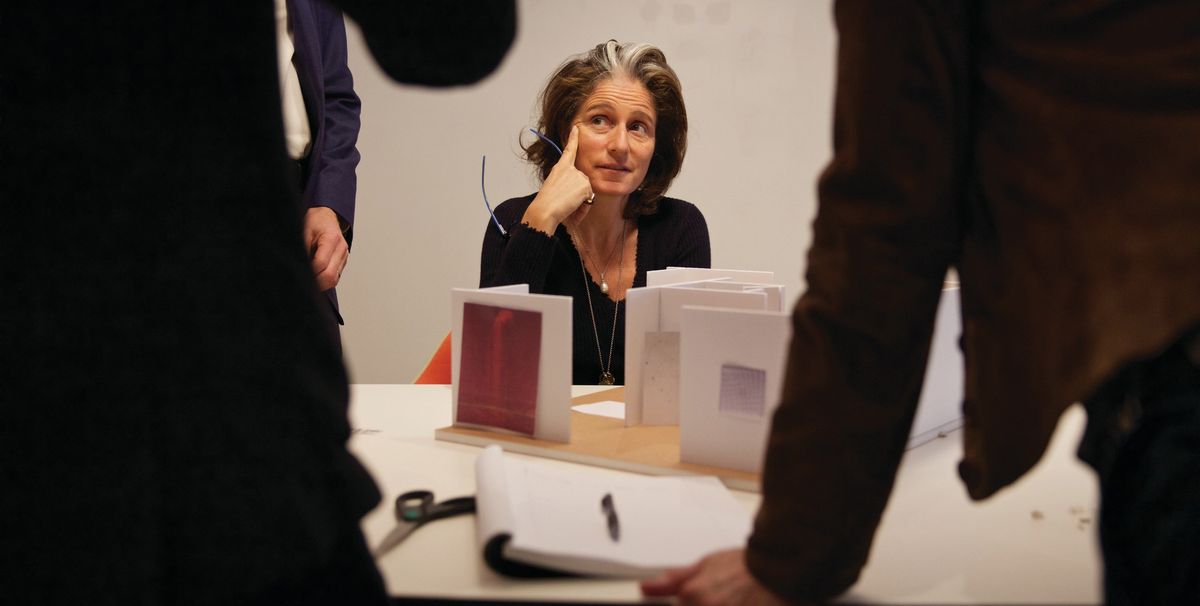Art Basel may be on the cusp of constitutional change. At present, galleries must have a permanent physical space in order to apply to show at the art fair, but chinks could begin to appear in the concrete-and-aluminium-clad Messe Basel exhibition halls.
Marc Spiegler, the global director of Art Basel, confirms the fair’s selection committees have been “intermittently considering” changing the regulations in response to the fluctuating gallery landscape, which has seen a shift away from bricks-and-mortar spaces towards collaborations, pop-ups, fairs and online platforms.
This year, however, Art Basel is standing firm. “Paying rent, staging shows and employing people simply represents a higher level of commitment to the artists the galleries are working with and to the cultural landscape of the cities in which they are sited,” Spiegler says.
Art Basel holds a panel discussion tomorrow about changing gallery models, including the move away from permanent spaces. Called Bricks-and-Mortar & Acquisitions, speakers include the London-based dealer Anthony Reynolds, who shut his physical gallery in 2015 after 32 years. He says he was spurred on to “abandon the tyranny of the single space” because his lease ran out and his landlord tripled the rent.
Reynolds still maintains all the activities of a primary gallery, however, including representing 20 artists. For the past two years he has been staging exhibitions in other commercial galleries, mainly in Europe, although there are plans to show in Tehran and Tokyo. The idea is to develop “the notion of collaboration between galleries rather than an alternative to galleries”, he says.
His first collaboration was an exhibition of Richard Billingham’s photographs on the third floor at Annely Juda Fine Art in London in July 2015. “We were like a gallery-in-residence; we ran the space for the duration,” Reynolds says. Since then he has organised shows with galleries in Brussels, Zurich and Barcelona. Costs and proceeds are usually split down the middle with the hosting gallery.
With an estimated 270 art fairs a year globally and a reported 41% of gallery sales taking place at art fairs in 2016, according to Art Basel and UBS’s global art market report, dealers are increasingly embracing them as viable alternatives to a year-round permanent space. Most art fairs now accept galleries with no fixed abode. Victoria Siddall, the director of Frieze art fair, says it is not a prerequisite that galleries show their artists’ work in a single space, but “exhibition-making is an essential part of being a contemporary gallery”.
However, for some dealers the jam-packed art fair calendar has become too onerous. In an email in March announcing the closure of London’s Vilma Gold gallery after 17 years, the co-owner Rachel Williams blamed “an endlessly accelerating global cycle of fairs” for the demise of “a physical space where artists, collectors and curators could engage directly with the exhibition programme”. Williams says she is now “working towards a new model of collaboration with both living artists and estates”.
Collaboration among dealers has become increasingly popular at art fairs, but less so at Art Basel. That is changing this year, with an ambitious joint presentation from Simon Lee and Emmanuel Perrotin. In April, the dealers announced they had begun to represent the estate of Hans Hartung and to mark the occasion they are dedicating a section of their neighbouring stands to works by the German-French abstract painter from the 1980s, priced between €65,000 and €320,000.
The cost of the shared presentation has been shouldered equally and sales will be divided 50/50, says Nicholas Baker, a director at Simon Lee, who notes there is “no financial advantage” in this instance as both dealers are paying for their individual booths.


